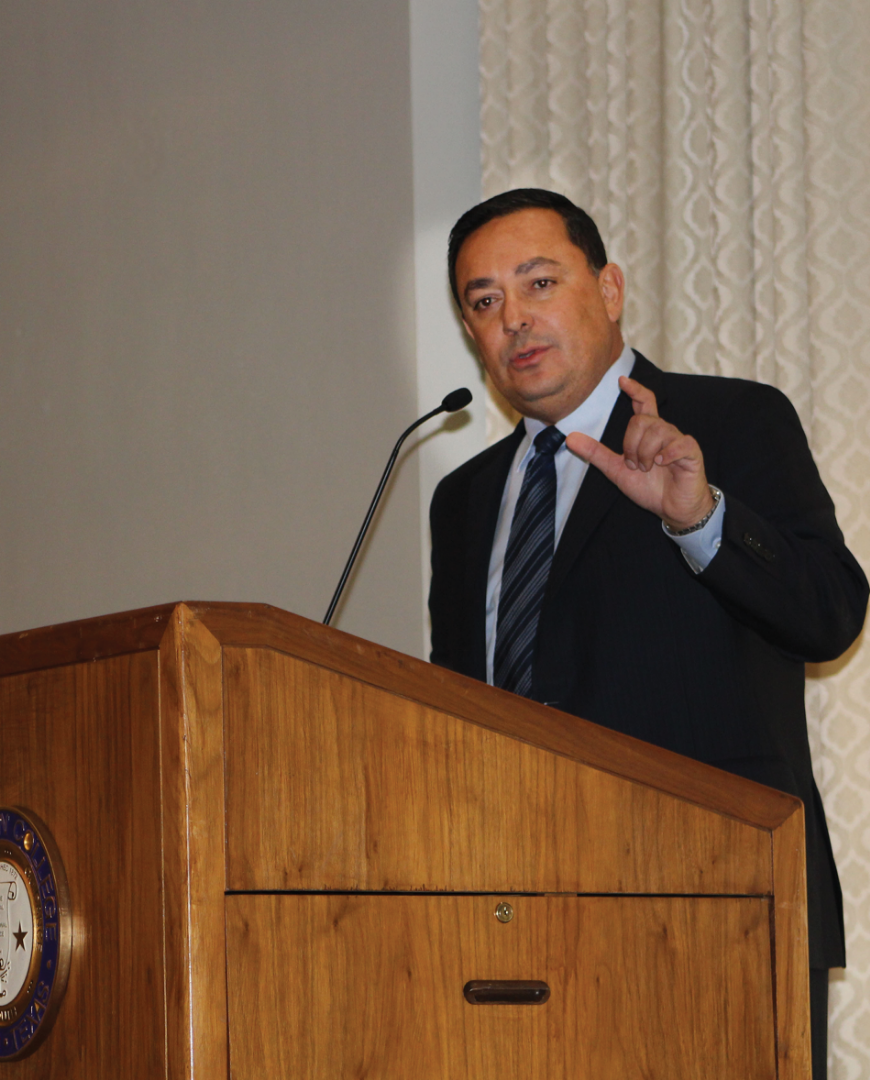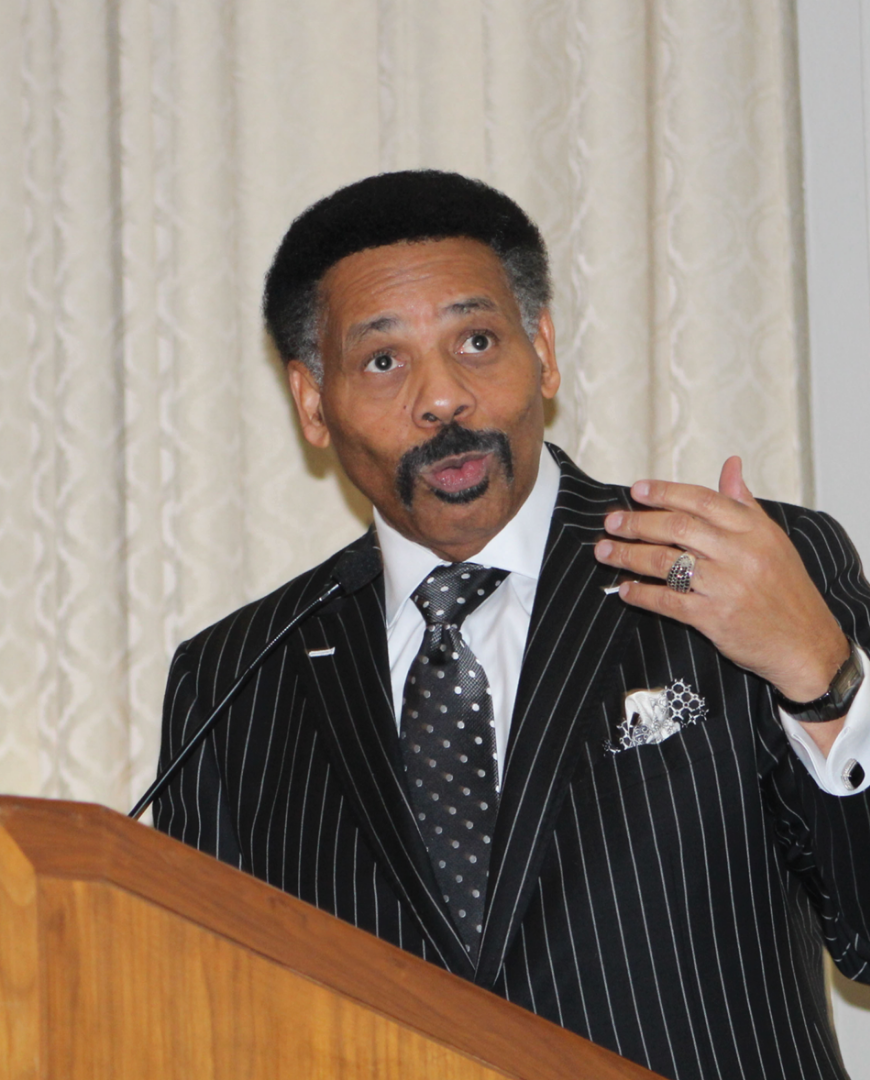Beyond the Bench: Law, Justice, and Communities Summit
Framework
- Download the Framework
Equal Justice
- A recent survey conducted for the National Center for State Courts found that only 32 percent of African Americans polled believe that state courts provide equal justice to all.1
- State courts have worked diligently over the last 25 years to address issues of racial and ethnic fairness.2
- Despite these substantial efforts, public skepticism that racial and ethnic minorities receive consistently fair and equal treatment in American courts remains widespread.
- What explains the disconnect between the extensive work undertaken by state courts to ensure racial and ethnic fairness and lingering public perceptions of racial unfairness?
- At least one explanation may be found in an emerging body of research on implicit cognition.3
What is Implicit Bias (or Unconscious Bias)?

Texas Supreme Court Chief Justice Nathan L. Hecht
- Research shows that individuals develop implicit attitudes and stereotypes as a routine process of sorting and categorizing the vast amounts of sensory information they encounter on an ongoing basis.4
- Implicit, as opposed to explicit, attitudes and stereotypes operate automatically, without awareness, intent, or conscious control.
- Intuition can be accurate, but can also be a source of erroneous judgment.5
- People harbor a variety of invidious associations, including:
- Male/Career and Female/Family; and
- 80% of white adults more closely associate white with good and black with bad.6

Police Chief Art Acevedo, Houston Police Department (HPD)

Dr. Tony Evans, Oak Cliff Bible Fellowship in Dallas
- These associations influence individual judgments.
- Judges are committed to egalitarian norms in ways that can blunt the effect of these intuitive associations on judgment.
- Contemporary psychological research demonstrates that people possess two cognitive systems: an intuitive system and a deliberative system. In ordinary life, people must use both systems. The intuitive system is faster, and a bit less conscious. Knowing when to suppress intuition is essential to sound judgment.
- A new model called “intuitive-override” provides a more accurate account of judging and points to several reforms which the civil and criminal justice systems could implement to produce more just and accurate outcomes.7

Texas Supreme Court Justice Eva Guzman
- Lorri Montgomery, Judges Team up with PBS’s Tavis Smiley for "Listening Tour," (June 16, 2016) available at https://www.ncsc.org/newsroom/news-releases/2016/listening-tour.
- Nat’l Center for State Courts, Helping Courts Address Implicit Bias (2012) available at https://ncsc.contentdm.oclc.org/digital/collection/accessfair/id/246/rec/42.
- Id.
- Id.
- Jeffrey J. Rachlinski, Does Unconscious Racial Bias Affect Trial Judges?, Cornell Law Faculty Publications (March 2009) available at https://scholarship.law.cornell.edu/cgi/viewcontent.cgi?referer=&httpsredir=1&article=1691&context=facpub.
- Project Implicit offers the Implicit Association Test at https://implicit.harvard.edu/implicit/takeatest.html. Other research has found that about 40% of black adults favor white associations. Terry Carter, Implicit Bias is a Challenge Even for Judges, American Bar Association Journal (Aug. 2016) available at https://www.abajournal.com/news/article/implicit_bias_is_a_challenge_even_for_judges.
- Jeffrey J. Rachlinski, PowerPoint. For more information on Professor Rachlinski’s research, visit https://papers.ssrn.com/sol3/cf_dev/AbsByAuth.cfm?per_id=43904.